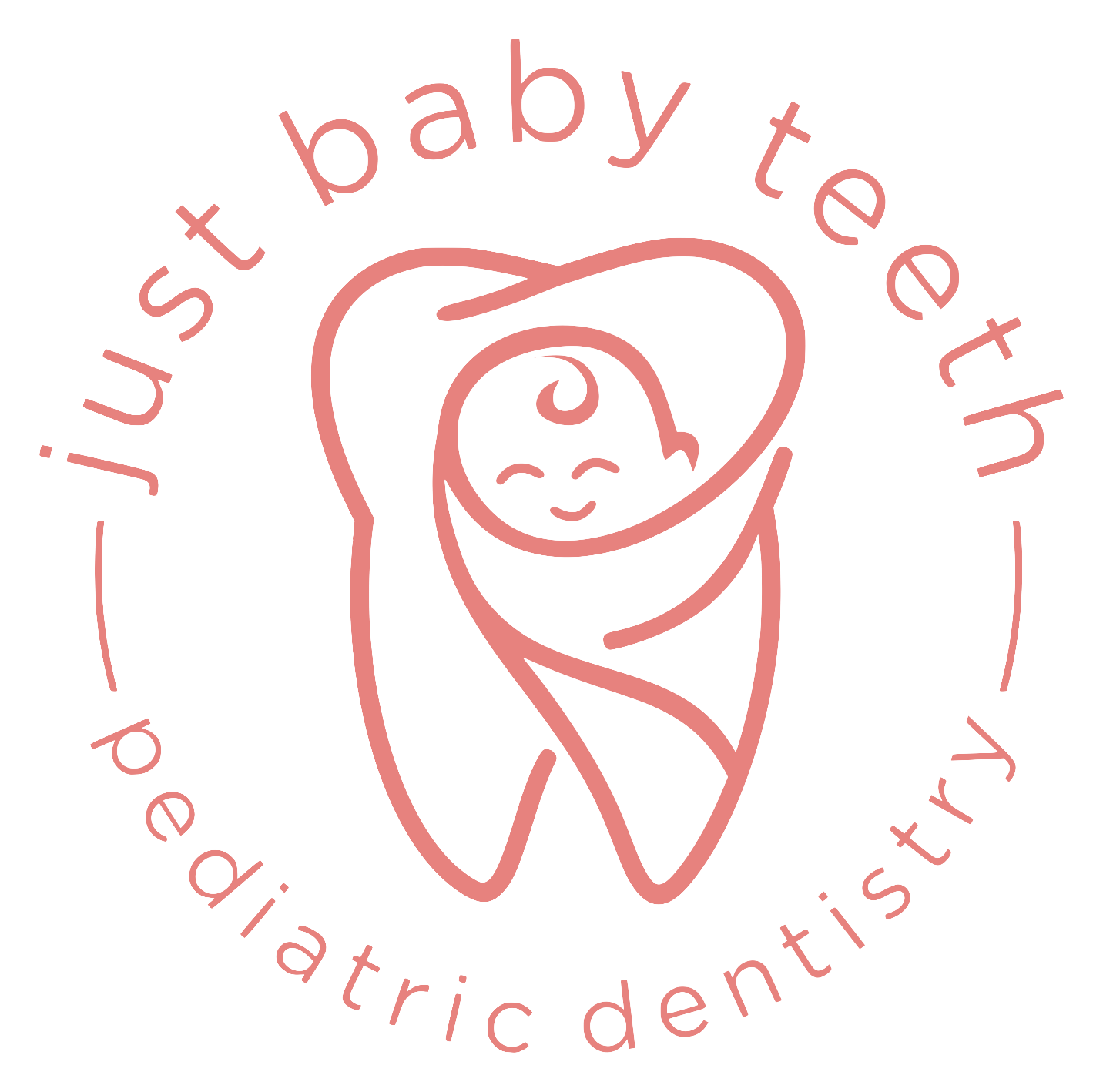The Benefits of Pacifiers: A Balanced Perspective for Parents
Pacifiers: A Helpful Tool When Used Correctly
As a pediatric dentist, I’ve spent years advising parents on how to care for their baby’s oral health. I often discourage long-term pacifier use because of its potential effects on dental development. However, I also believe in providing a balanced perspective—there are times when pacifiers serve an important role in soothing infants, preventing thumb-sucking, and even reducing the risk of Sudden Infant Death Syndrome (SIDS).
If you’re considering whether to introduce a pacifier to your baby, here’s what you need to know about the benefits and the best ways to use them.
1. Pacifiers May Reduce the Risk of SIDS
One of the most compelling reasons to consider a pacifier is its association with a lower risk of SIDS. The American Academy of Pediatrics (AAP) recommends offering a pacifier at nap and bedtime to help reduce the risk of SIDS. Studies suggest that pacifiers may help by:
Keeping the airway open – Pacifiers encourage proper tongue positioning, which may reduce airway obstruction.
Promoting lighter sleep cycles – Babies using pacifiers tend to wake more easily from deep sleep, reducing the risk of breathing irregularities.
Preventing accidental suffocation – Pacifier use has been linked to a lower chance of babies rolling into unsafe sleep positions.
Best Practices for Safe Use:
Introduce a pacifier after breastfeeding is well established (around 3-4 weeks).
Never attach a pacifier to a string, clip, or stuffed toy while baby is sleeping.
If the pacifier falls out while baby is asleep, there's no need to put it back in.
For more safe sleep tips, visit our Philosophy page.
2. Pacifiers Are Easier to Wean Than Thumb-Sucking
While both pacifiers and thumb-sucking satisfy a baby’s natural sucking reflex, pacifiers offer one key advantage—they can be taken away.
If your baby starts sucking their thumb, it may become a long-term habit that is much harder to break. A pacifier, on the other hand, can be gradually phased out around 12-24 months before it impacts teeth alignment.
Why Pacifiers Are Preferable to Thumb-Sucking:
✔ Easier to stop – You can remove a pacifier, but a baby’s thumb is always available.
✔ Less pressure on the teeth – Pacifiers (especially orthodontic ones) exert less force on the palate than a thumb.
✔ Lower risk of infections – Unlike thumbs, which touch countless surfaces, pacifiers can be cleaned and replaced.
Want personalized advice on thumb-sucking vs. pacifier use? Talk to Dr. Jimmy at JustBabyTeeth Pediatric Dentistry.
3. Pacifiers Can Help Babies Sleep and Soothe Themselves
Many infants have a strong need for non-nutritive sucking—sucking that isn’t related to feeding. A pacifier can provide comfort during:
✔ Nap time and bedtime – Helps babies fall asleep faster and stay asleep longer.
✔ Doctor visits or vaccinations – Pacifiers are clinically proven to reduce pain responses in infants during minor medical procedures.
✔ Travel – Pacifiers help with ear pressure changes during flights.
While pacifiers can be a useful self-soothing tool, it’s important to encourage other calming strategies as well, such as rocking, white noise, or swaddling.
Looking for stress-free dental visits? Our office is designed to help babies and toddlers feel safe and comfortable. Learn more about our baby-friendly office environment.
4. Using a Pacifier Correctly: Tips for Parents
Do:
✔ Use pacifiers for nap time, bedtime, and moments of high distress.
✔ Offer the pacifier after checking if your baby is hungry, wet, or tired.
✔ Use a one-piece, BPA-free pacifier that meets safety standards.
✔ Keep it clean – Sterilize for babies under 6 months, and wash with soap and water for older infants.
Don't:
❌ Dip pacifiers in honey, sugar, or other sweeteners (this can cause tooth decay).
❌ Use pacifiers past age 2-3, as prolonged use can lead to dental alignment issues.
❌ Allow continuous, all-day pacifier use—limit it to sleep time and stressful situations.
If you’re concerned about dental effects, we provide personalized oral health guidance for babies. Book an appointment at JustBabyTeeth Pediatric Dentistry.
5. When to Wean Off the Pacifier
While pacifiers are beneficial in infancy, extended use beyond age 2-3 can contribute to dental misalignment and speech issues.
🚀 Ideal Weaning Timeline:
🍼 Under 6 months: Encourage safe pacifier use at sleep time.
👶 12-18 months: Begin limiting pacifier use to naps and bedtime only.
👦 2-3 years: Transition completely off the pacifier to prevent changes in tooth alignment.
Many toddlers naturally lose interest in pacifiers around age 2. If not, you can try gentle weaning techniques, such as:
The “limited access” method – Keep pacifiers only in the crib.
The “trade-in” method – Let your child “give” their pacifier to the Pacifier Fairy in exchange for a small reward.
Positive reinforcement – Praise your child for going without their pacifier during the day.
If your child is still using a pacifier past age 3, talk to us about gentle habit-breaking strategies. Schedule a visit today.
Final Thoughts: Pacifiers Can Be Helpful—When Used Wisely
At JustBabyTeeth Pediatric Dentistry, we believe in helping parents make informed decisions about their child’s oral health. While pacifiers aren’t for everyone, they offer real benefits in infancy—especially for SIDS prevention, self-soothing, and breaking thumb-sucking habits.
The key is moderation and timely weaning to prevent potential dental issues. If you have any concerns, our team is here to guide you through every stage of your child’s oral development.
💡 Got questions about pacifier use? Contact us at JustBabyTeeth Pediatric Dentistry—we're happy to help!

